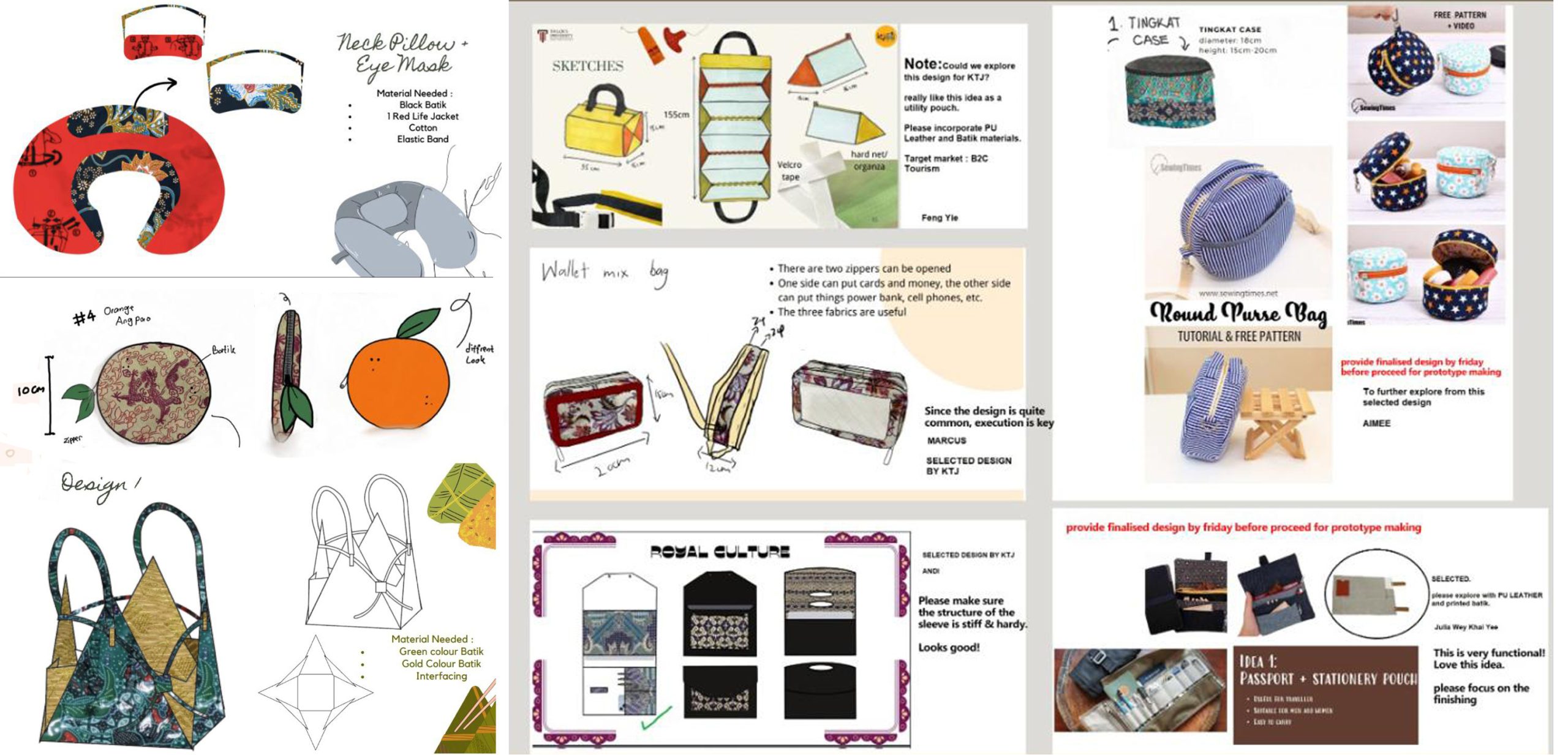Fashion students are encouraged to engage in social activities by utilizing their creativity and abilities to have a positive impact on society. And KTJ is proud to share that, that is exactly what happened with Taylor's Lakeside University, Fashion Design School.
1. Volunteer for a cause: Students can engage in social activities by offering their time to fashion-related charities by planning garment drives or charity fashion shows, for example. In addition to assisting them in gaining real-world experience, this will also advance societal good.
2. Participate in fashion displays: Fashion shows offer students a chance to show off their skills and originality while simultaneously promoting a cause. A lot of fashion shows are held to raise money for nonprofits and charitable causes.
3. Work with non-governmental organizations (NGOs) or social enterprises (SEs): Fashion students can work with NGOs & SEs that support social concerns like gender equality, sustainability, and poverty eradication. This can aid in their comprehension.
5. Encourage traditional handicrafts and local artisans: Fashion students can encourage traditional handicrafts and local artisans. They can plan exhibitions of local craftsmen' work to build a market for their wares. This can benefit regional communities and encourage the use of sustainable fashion methods.
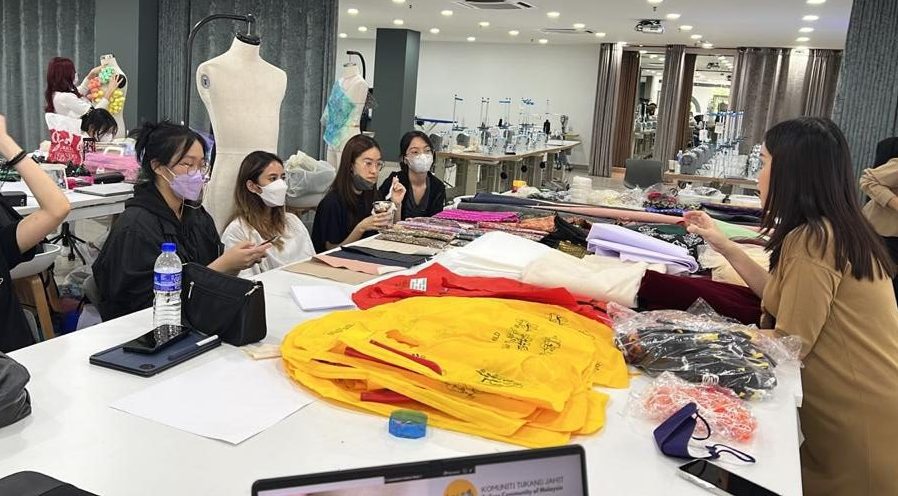
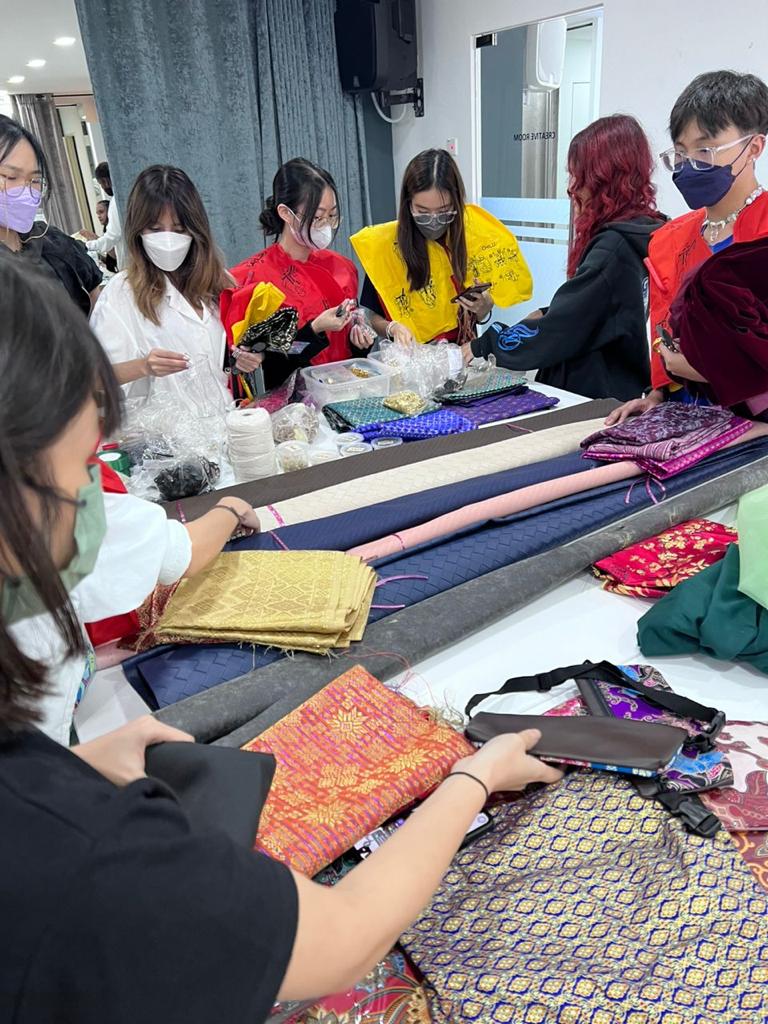
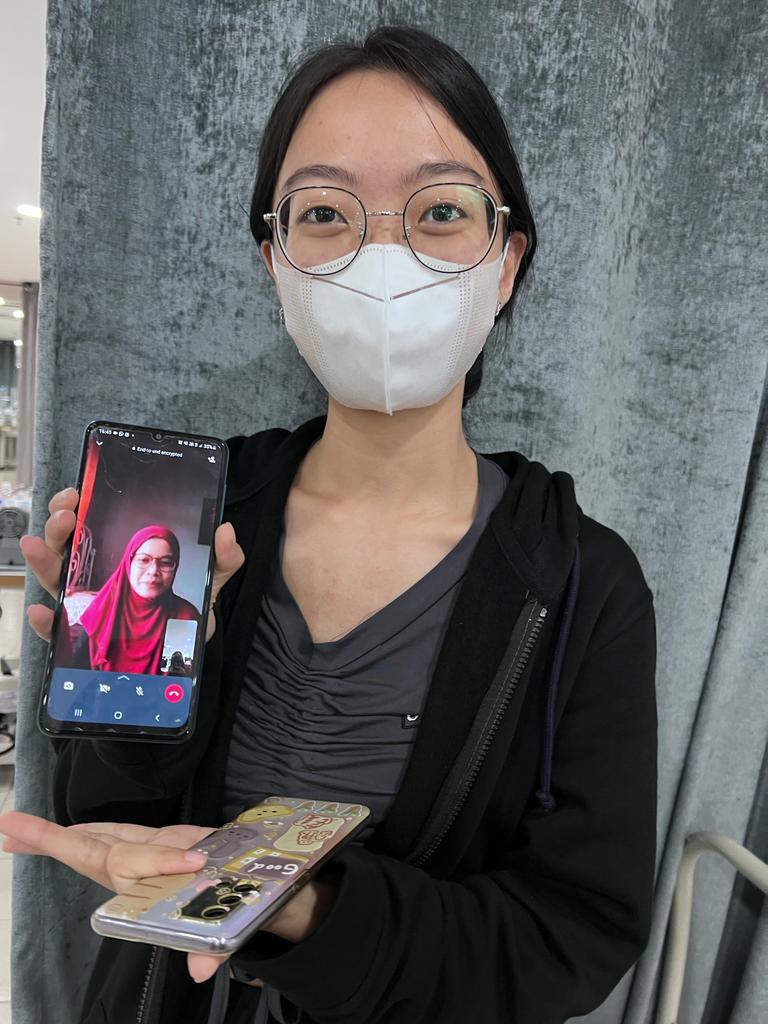
The Brief : Kicking off the project!
Project title : Women Empowerment with Taylor’s University, Fashion Tech Design Students.
Project synopsis : KTJ will come in as a client, while the fashion students of Taylors University will design according to the brief provided. Once the design is approved, students will prepare the teaching materials and teach the KTJ tailors how to sew new products for the client.
Why empower the B40 women tailors?
B40 Tailors are unable to seek for sustainable income due to their family/household responsibilities. They may also lack the skillsets and knowledge to sew new modern designs. However, with this new teaching material that the students has designed to teach them, they will be able to master a new skill and empower themselves to be self-sustaining.
Objectives : To instill compassion and design-thinking process learning within the students and to empower the B40 women community.
Activity : We started the first activity by teaming up one fashion designer to one tailor. We got them acquainted and they got started to learn more about each other, their sewing experiences and background.
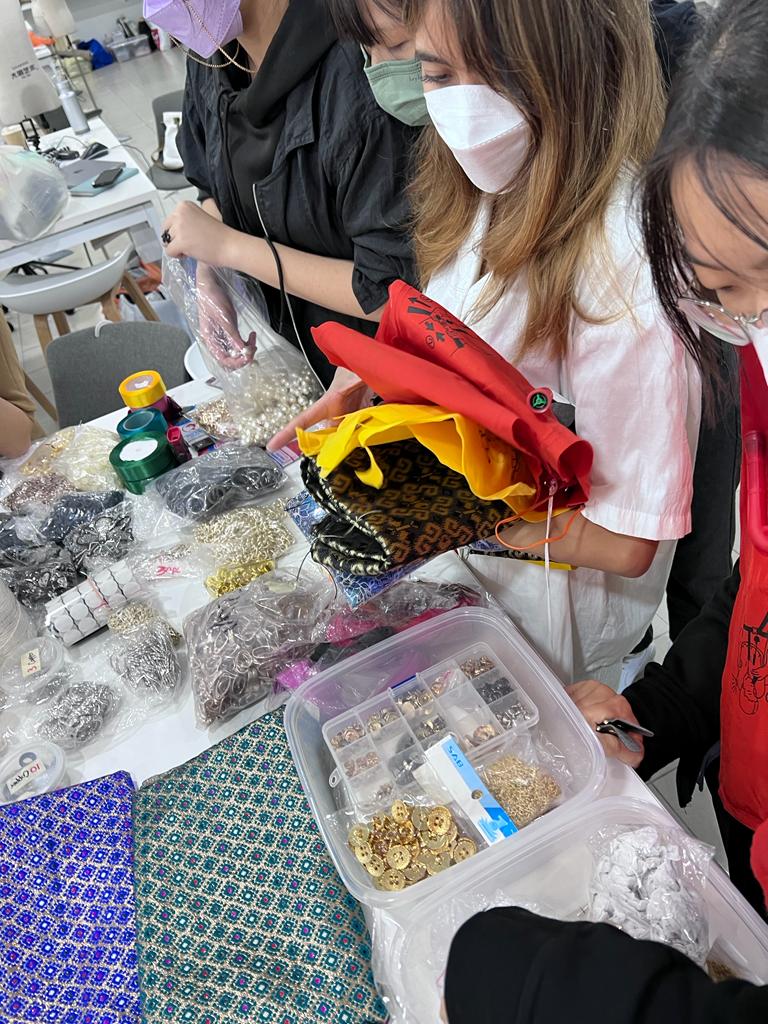
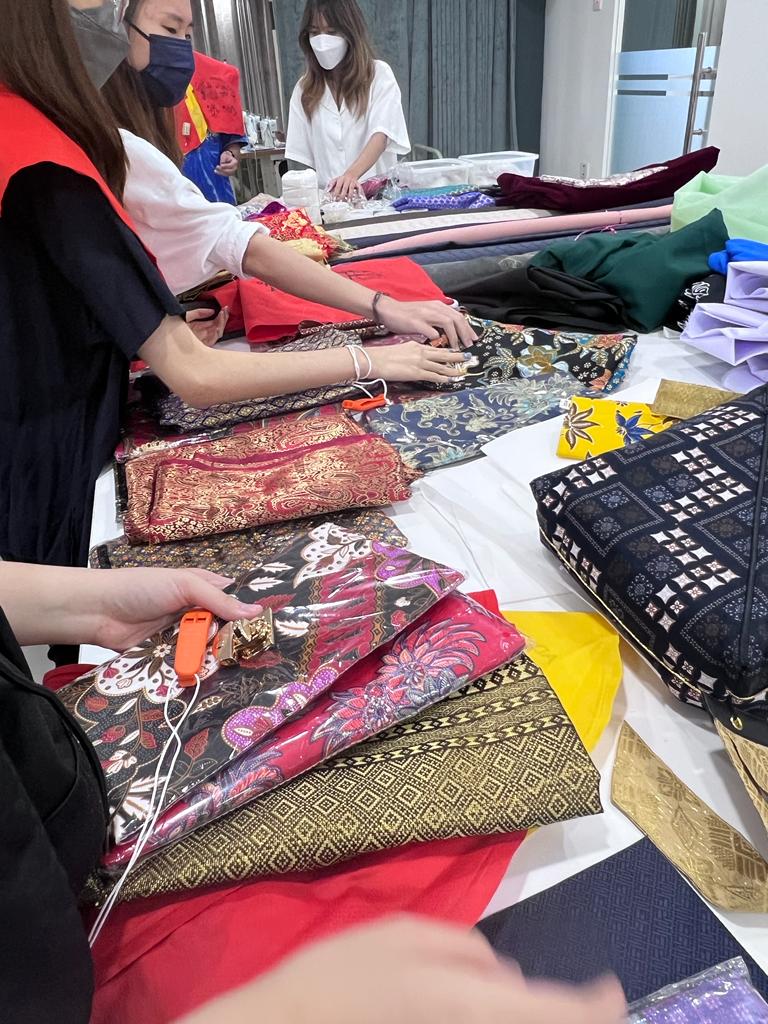
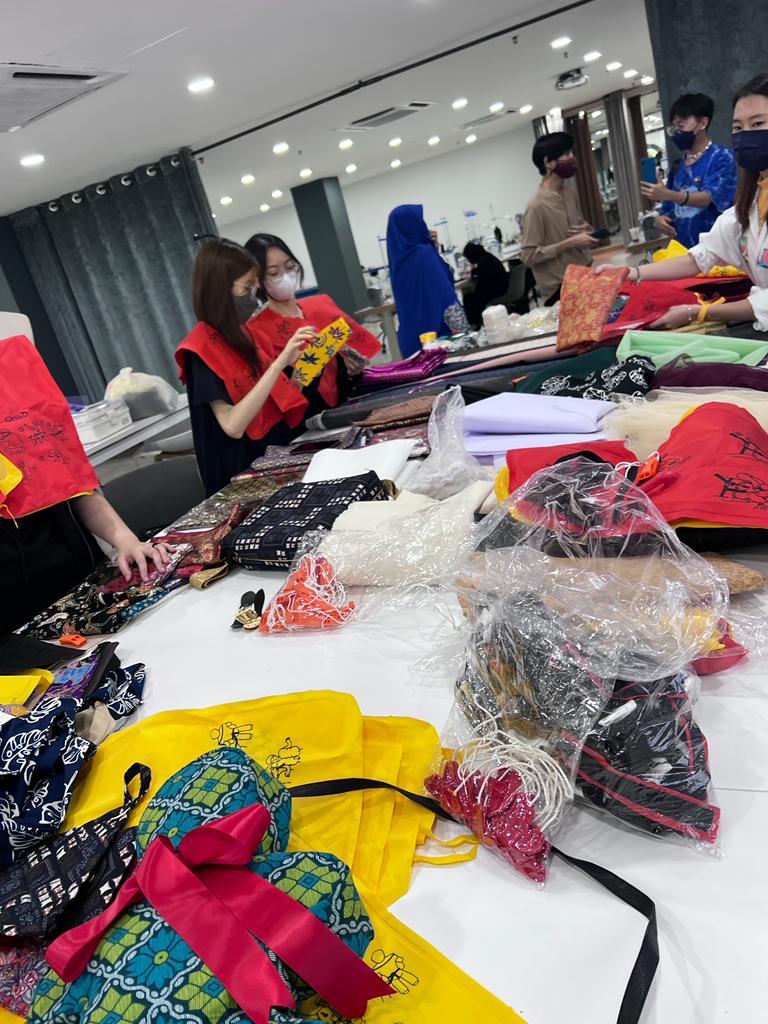
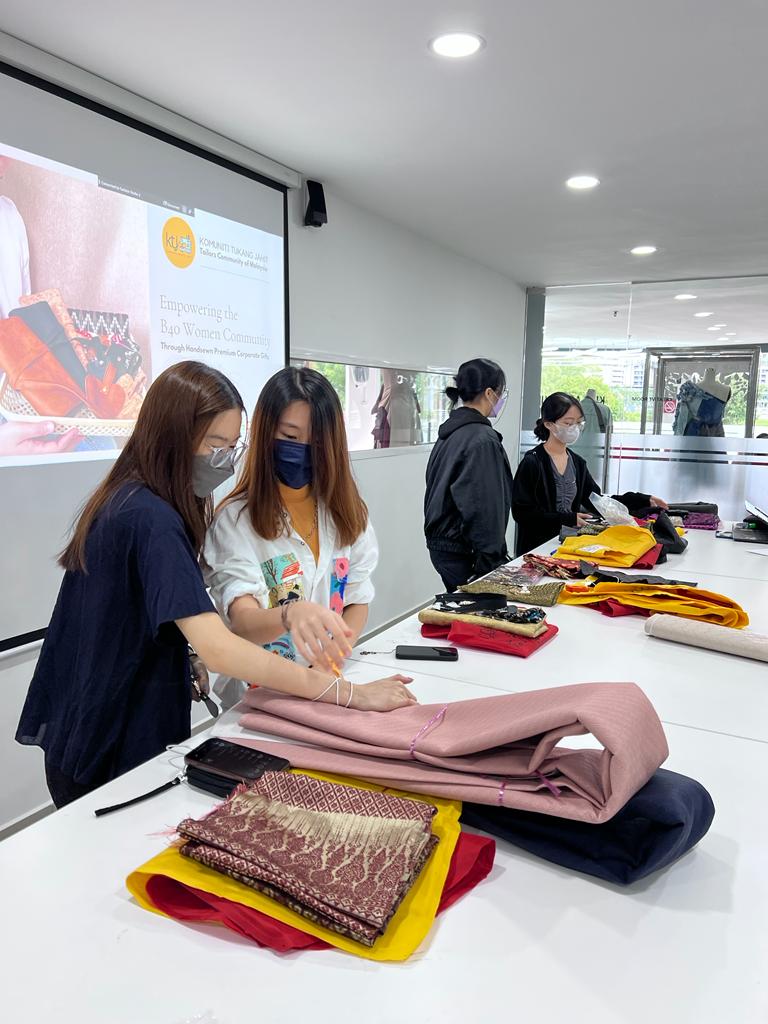
Incorporating upcycled materials to create functional products; such as corporate gifts and tourist souvenirs.
The students were tasked to create designs that utilized all the upcycled materials brought over by KTJ. These were materials, fabrics and tools that were donated and collected over the years.
It was definitely going to be a design challenge for the students but it will also teach them how to utilize unused or recycled materials in their design processes in the future. Part of this assignment was also to instill the awareness of sustainable fashion and help them understand more about upcycling.
Fashion designers should use upcycled materials for several reasons:
1. Sustainability: Upcycling will reduce the amount of waste that goes into landfills, and it will help preserve the environment. By reusing materials that would have otherwise been thrown or discarded, upcycling helps to reduce the demand for new materials and the energy required to extract, process, and transport them.
2. Unique & Meaningful Designs: Upcycling allows designers to create unique and one-of-a-kind pieces that stand out from mass-produced products. Using existing materials also provides an opportunity to incorporate unusual textures, prints, fabrics, and materials that may not be available with new materials. As KTJ utilizes various materials such as Batik fabrics, there are bound to have overruns - hence using these upcycled materials will definitely reduce waste and create a unique product.
3. It Can Be Extremely Cost Saving: Using upcycled materials can be more cost-effective than buying new materials, especially for small or independent designers who may not have access to the same resources as larger brands. KTJ was glad to be able to share and educate the aspiring fashion designers on cost and calculation of materials. Being cost-cautious is something that is important for all product-designers as it can affect the selling point of the product.
4. Social responsibility: Upcycling can also be a way for fashion designers to promote social responsibility by supporting local communities or organizations that work with recycled materials. By using upcycled materials, designers can help to support ethical and sustainable practices throughout the supply chain, just like this project with KTJ.
Overall, upcycling materials can be a great way for fashion designers to create unique & sustainable products, while being socially responsible to help reduce waste and promote environmental conservation. This project was something both parties looked forward to because the students and the community would benefit from this collaboration.
- Designers would be able to create unique & sustainable products.
- Designers would help reduce waste and promote environmental conservation when they design the products using upcycled materials.
- Designers would learn to communicate and associate with the community members by being directly involved with the teaching materials that is designed and taught by them.
- Designers would benefit by learning design-thinking skills and basic skills on what it takes to be an entrepreneur.
- Designers would be able to experience the R&D process and the process of a manufacturing when their designs are selected.
- Designers would experience empathy when they involve themselves in societal-good activities and in addition, it will assist them in gaining real-world experience.
Stay tuned, as the designers finalize their designs and create new pieces with the tailors. We will be launching their designs on the website for purchase soon!
